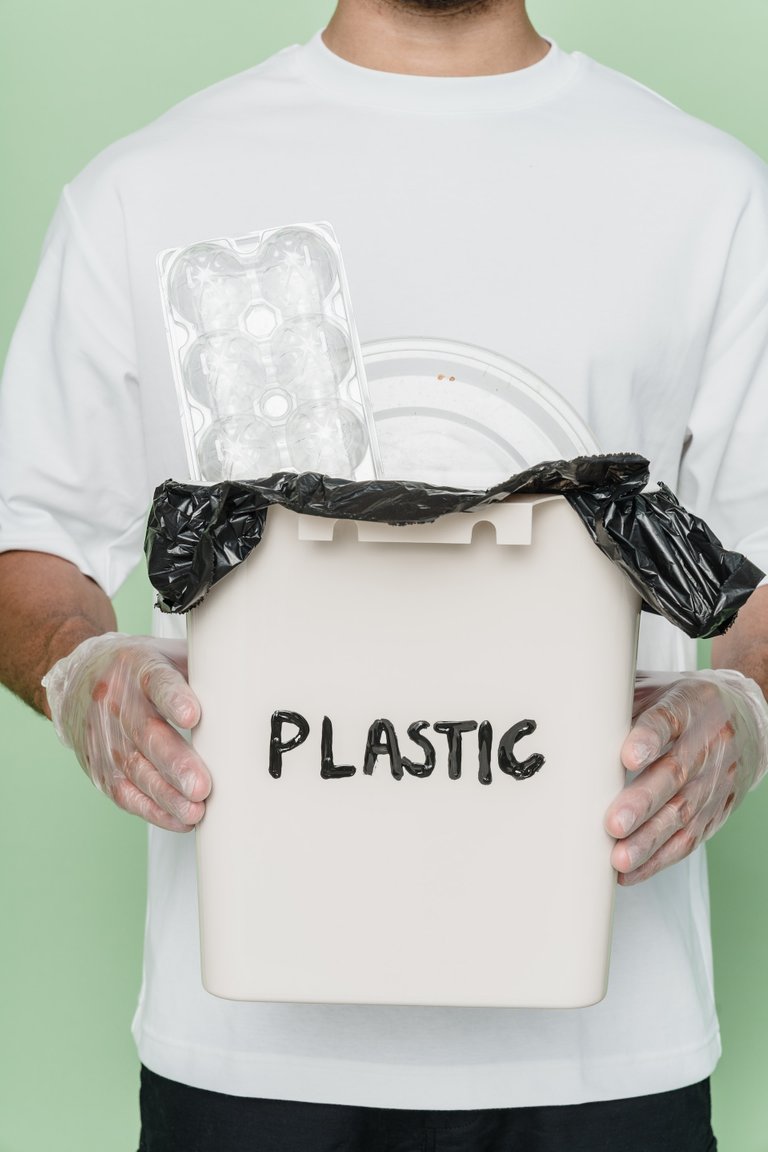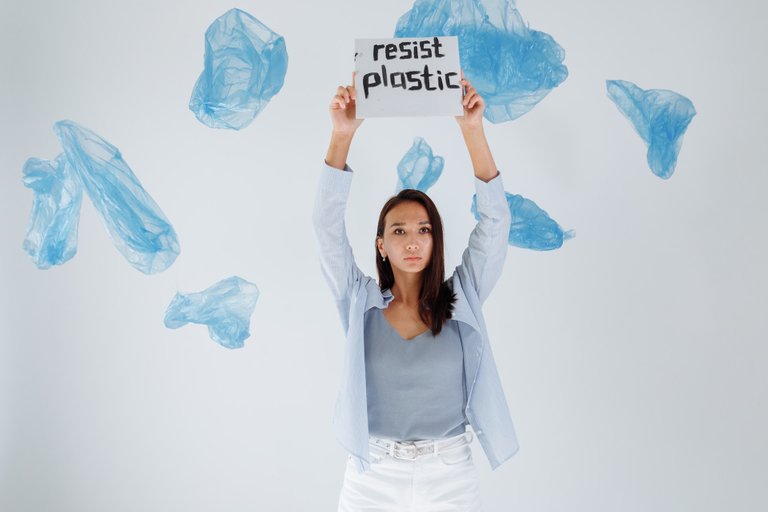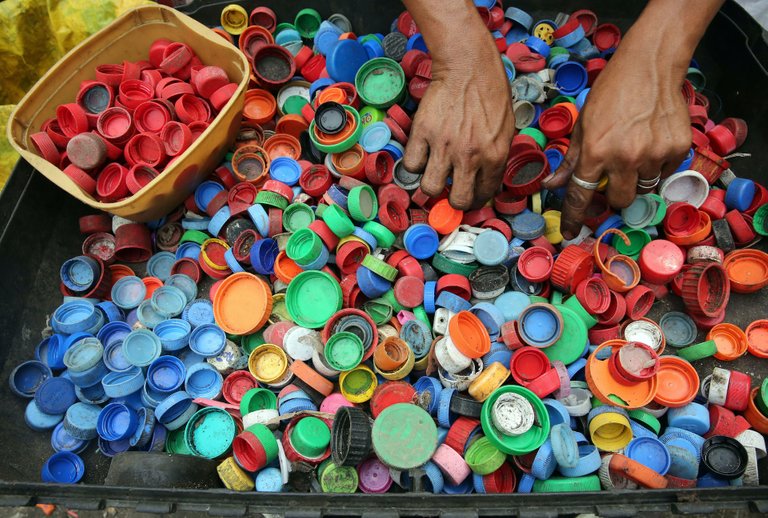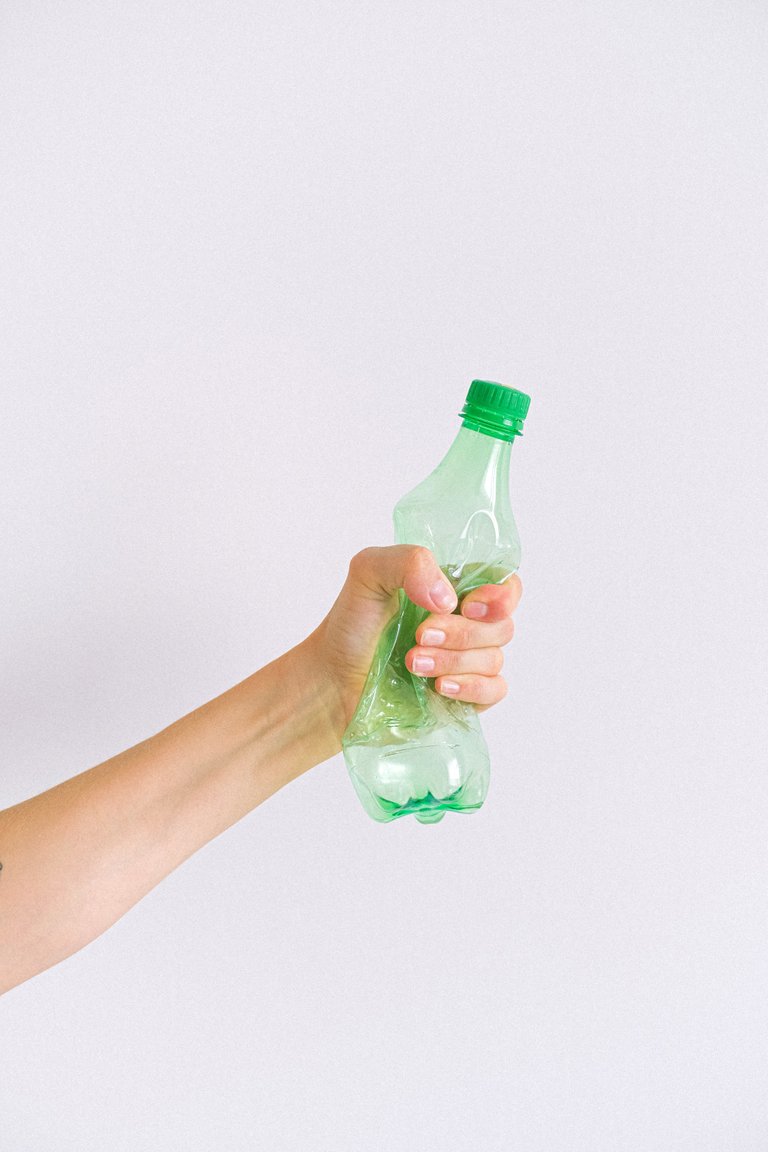Microplastics a real threat to our health.
Hello Hive community, today I bring you a very interesting topic: microplastics.
The presence of microplastics in humans is a worrying issue that has been the subject of research in recent years. Microplastics are plastic particles with a diameter of less than 5mm, and are found in a wide variety of products, from cleaning products to cosmetics and food products.
Its presence in the human body has been detected in various tissues and body fluids, such as blood, urine and adipose tissue. Large numbers of people have been found to have microplastics in their bodies, suggesting that their exposure is universal.
The specific damage that microplastics cause to human health is still unknown, but it is known that they can interfere with the endocrine and reproductive systems, and can also be toxic to internal organs. Furthermore, microplastics can act as vectors for the transmission of pathogens and toxic substances.
The ingestion of microplastics occurs mainly through food, especially fish and shellfish, as well as through drinking water and air. They can also be absorbed through the skin through cleaning products and cosmetics that contain microplastics.
To avoid exposure to microplastics, it is important to reduce the consumption of foods and products that contain microplastics, such as cleaning products and cosmetics.
It is also important to reduce the use of disposable plastic products and choose sustainable alternatives, such as cloth bags and reusable bottles. In addition, it is important to support initiatives to clean the oceans and eliminate plastic dumping.
The mechanisms of action of microplastics in the human body are still being investigated, but some possible mechanisms of action have been identified:
One of the main ways that microplastics can affect human health is through the release of toxic substances. Microplastics can adsorb toxic substances from the environment, such as persistent organic compounds (POCs), and release them when they come into contact with body tissues. These toxic substances can interfere with the endocrine and reproductive systems, and can be toxic to internal organs.
Another possible mechanism of action is the transmission of pathogens. Microplastics can act as vectors for the transmission of pathogens, since they can adsorb microorganisms from the environment and release them when they come into contact with body tissues. This can increase the risk of infectious diseases.
Additionally, microplastics can interfere with digestion and nutrient absorption. Microplastics can adsorb nutrients and decrease their availability to the body. They can also interfere with the digestive process, as they can clog the gastrointestinal tracts and cause digestive problems.
In summary, the mechanisms of action of microplastics in the human body include the release of toxic substances, the transmission of pathogens, and the interference with digestion and nutrient absorption.
The presence of microplastics in humans is a serious problem that affects human health and the environment. It is important to take steps to reduce exposure to microplastics and support efforts to eliminate plastic litter and clean up the oceans. Together we can take steps to protect our health and the environment.
Thanks for reading me!
Informative References:
• LOS MICROPLÁSTICOS YA ESTÁN EN NUESTROS CUERPOS. ¿CUÁNTO NOS DAÑAN?
Text translated with Google Translate.
Banner created in Canva.

Microplasticos una amenaza real para nuestra salud.
Hola comunidad de Hive hoy les traigo un tema muy interesante los microplasticos.
La presencia de microplásticos en humanos es un tema preocupante que ha sido objeto de investigación en los últimos años. Los microplásticos son partículas de plástico con un diámetro inferior a 5mm, y se encuentran en una amplia variedad de productos, desde productos de limpieza hasta cosméticos y productos alimenticios.
Su presencia en el cuerpo humano se ha detectado en diversos tejidos y fluidos corporales, como sangre, orina y tejido adiposo. Se ha encontrado que un gran numero de personas tienen microplásticos en su cuerpo, lo que sugiere que su exposición es universal.
Los daños específicos que causan los microplásticos en la salud humana aún son desconocidos, pero se sabe que pueden interferir con el sistema endocrino y reproductivo, y también pueden ser tóxicos para los órganos internos. Además, los microplásticos pueden actuar como vectores para la transmisión de patógenos y sustancias tóxicas.
La ingesta de microplásticos se produce principalmente a través de los alimentos, especialmente el pescado y los mariscos, así como también a través del agua potable y el aire. También pueden ser absorbidos a través de la piel a través de productos de limpieza y cosméticos que contienen microplásticos.
Para evitar la exposición a microplásticos, es importante reducir el consumo de alimentos y productos que contengan microplásticos, como los productos de limpieza y los cosméticos.
También es importante reducir el uso de productos de plástico desechables y elegir alternativas sostenibles, como bolsas de tela y botellas reutilizables. Además, es importante apoyar a las iniciativas de limpieza de los océanos y la eliminación de los vertidos de plástico.
Los mecanismos de acción de los microplásticos en el cuerpo humano aún están siendo investigados, pero se han identificado algunos posibles mecanismos de acción:
Una de las principales formas en las que los microplásticos pueden afectar la salud humana es a través de la liberación de sustancias tóxicas. Los microplásticos pueden adsorber sustancias tóxicas del medio ambiente, como los compuestos orgánicos persistentes (COPs), y liberarlas cuando entran en contacto con los tejidos corporales. Estas sustancias tóxicas pueden interferir con el sistema endocrino y reproductivo, y pueden ser tóxicas para los órganos internos.
Otro mecanismo de acción posible es la transmisión de patógenos. Los microplásticos pueden actuar como vectores para la transmisión de patógenos, ya que pueden adsorber microorganismos del medio ambiente y liberarlos cuando entran en contacto con los tejidos corporales. Esto puede aumentar el riesgo de enfermedades infecciosas.
Además, los microplásticos pueden interferir con la digestión y la absorción de nutrientes. Los microplásticos pueden adsorber nutrientes y disminuir su disponibilidad para el organismo. También pueden interferir con el proceso digestivo, ya que pueden obstruir los conductos gastrointestinales y causar problemas digestivos.
En resumen, los mecanismos de acción de los microplásticos en el cuerpo humano incluyen la liberación de sustancias tóxicas, la transmisión de patógenos y la interferencia con la digestión y la absorción de nutrientes.
La presencia de microplásticos en humanos es un problema grave que afecta a la salud humana y al medio ambiente. Es importante tomar medidas para reducir la exposición a microplásticos y apoyar las iniciativas para la eliminación de los vertidos de plástico y la limpieza de los océanos. Juntos podemos tomar medidas para proteger nuestra salud y el medio ambiente.
Gracias por leerme!
Referencias Informativas:
• LOS MICROPLÁSTICOS YA ESTÁN EN NUESTROS CUERPOS. ¿CUÁNTO NOS DAÑAN?
Texto traducido conGoogle Translate.
Banner creado en Canva.








I didn't even know this was a thing.
Thanks for the education.
The rewards earned on this comment will go directly to the people( @elluismma ) sharing the post on Twitter as long as they are registered with @poshtoken. Sign up at https://hiveposh.com.